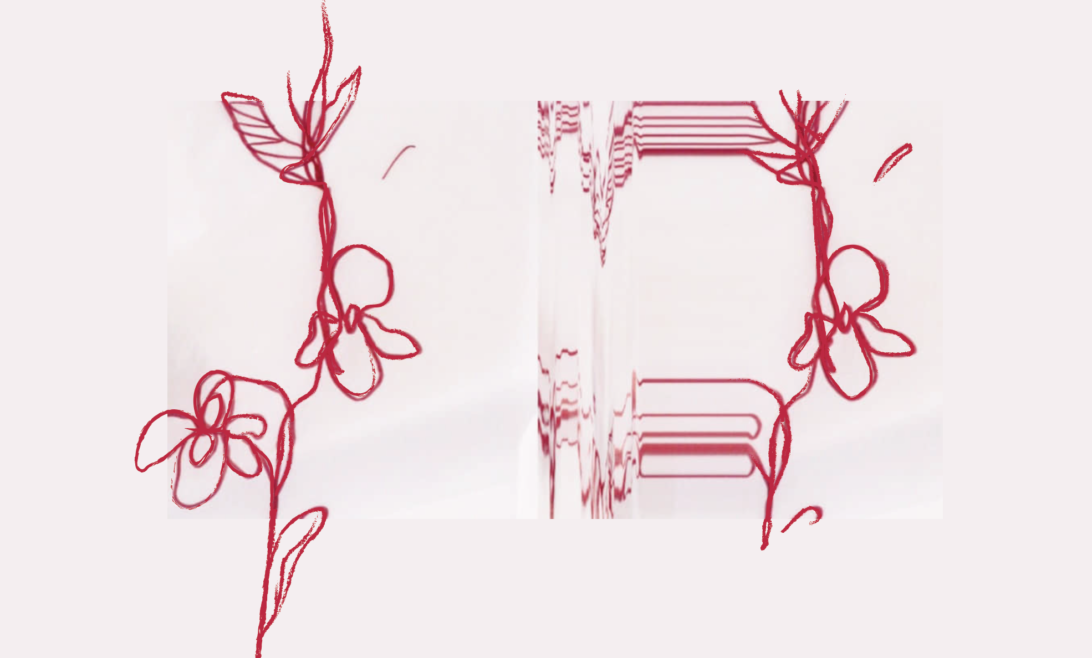The Tragedy of Macbeth | William Shakespeare’s tragedy was part of Año 16/16: Shakespeare+Cervantes, a commemorative project for the 400th anniversary of William Shakespeare and Miguel de Cervantes Saavedra’s deaths. The Teatro Colón put together [as a dual-concept event] Verdi’s 10th Opera and Shakespeare’s tragedy | Stage and costume designer








|Digital collage|
| Costume Design|


THE TRAGEDY OF MACBETH | William Shakespeare Teatro Colón de Bogotá – 2016| Stage director: Pedro Salazar | Art director: Laura Villegas
| Assistant art director: Nathier Fernández, Santiago Ferreira and Paola Martí. | Stage designer: Nathier Fernández | Costume designer: Nathier Fernández, Santiago Ferreira and Paola Martí | Art production assistant: Paula Cardoso | Composer: Camilo Sanabria | Lighting designer: Bogumil Palewicz | Choreographer: Jimmy Rangel
Christian Ballesteros | Marcela Benjumea |Diego León Hoyos | Andrés Estrada | Ernesto Benjumea | Felipe Correa | Felipe Botero | Andrés Rojas | Jimmy Rangel | Fabio Espinosa | Carlos Gutiérrez | Brunilda Zapata | Diana Alfonso | Hernán Cabiativa | Photos: Juan David Padilla and Andrés Gómez
























You must be logged in to post a comment.